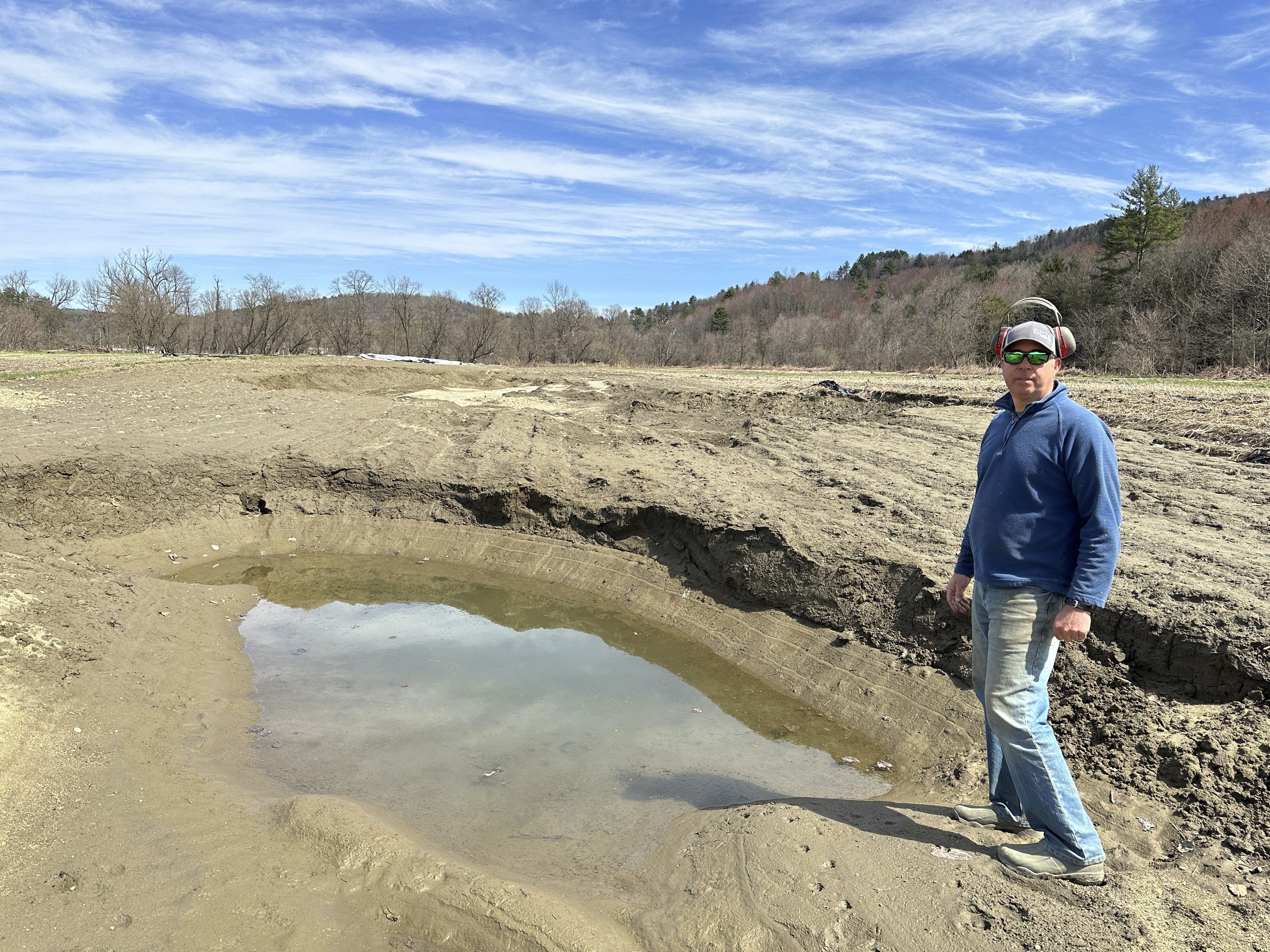At 95.3 feet, the surface level of Lake Champlain is about a foot and a half below normal, the National Weather Service said Friday. While the height is not near a record low, the impacts of the deficit are already becoming apparent to Vermonters.
"I'm absolutely concerned," said Erin Moreau, the waterfront manager of the Burlington Parks, Recreation, and Waterfront Department.
Moreau showed us how already, a dock on the city's waterfront hit bottom, making it tougher for dinghies to come ashore.
As the lake level keeps dropping throughout the summer due to evaporation, Moreau said boats docked in Perkins Pier could possibly lose access to their slips.
On the city's North Beach, it's less swimming, more wading. The city is now considering moving its buoys farther out, to deeper water, to allow recreational swimming to continue.
"And that's not an easy decision," Moreau explained. "Because while we certainly want to allow for recreational swimming, we also want quick access for lifeguards if there's an emergency, so we take that into account when we make that decision."
At the National Weather Service's office at the Burlington International Airport, meteorologist Andy Nash was keeping an eye on Lake Champlain's level, which was slightly above 95 feet at a Burlington measuring point Friday.
Vermont
The latest news from around the state
"What started all this was the non-winter we had," Nash observed.
Nash explained our low-snow winter meant little springtime melting, causing the deficit.
"Since we already started low, we're continuing low," Nash noted, adding it would take a combination of serious rainfall and a more robust snow pack this winter to return the lake to a normal level for next year.
On the lake, there is renewed caution for boaters to be alert to rocks and reefs the low water level may have exposed.
Cpl. Kevin Mays of the Vermont State Police Marine Division said most of the potential trouble spots will be represented on charts, so he advised boaters to consult those charts and be watchful for buoys marking hazards.
"More than once, we've had somebody run aground who said, 'Well, I went through there last year,'" Mays said. "Well, the water's a little lower than last year."
Back on land, Erin Moreau said she is already planning how her department will respond, whether through adjusting slip access or those beach buoys, as the lake level drops from its current 95 or so feet.
"We typically lose three feet over the course of the summer," Moreau told necn. "I don't want to see what 92 would be here."



